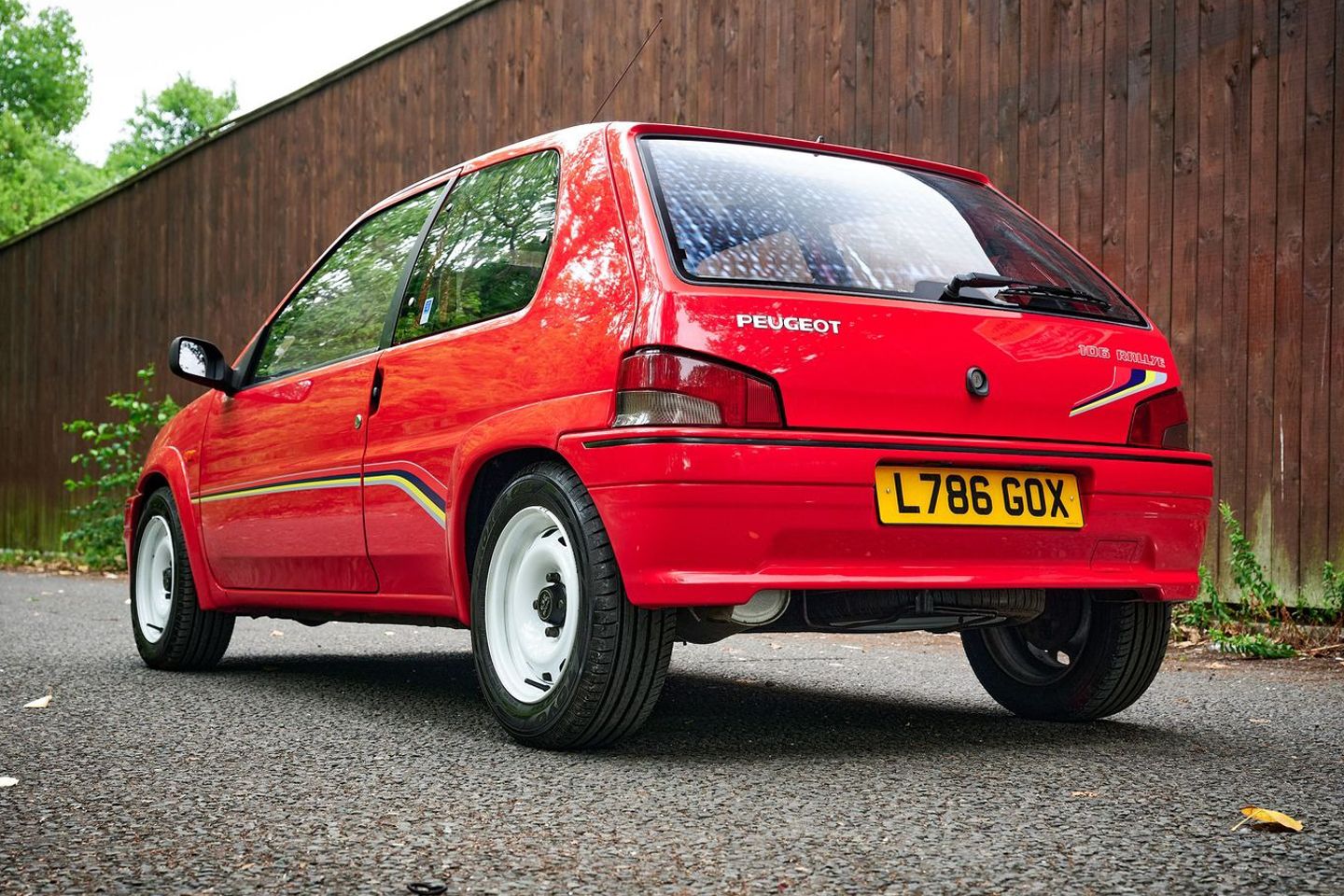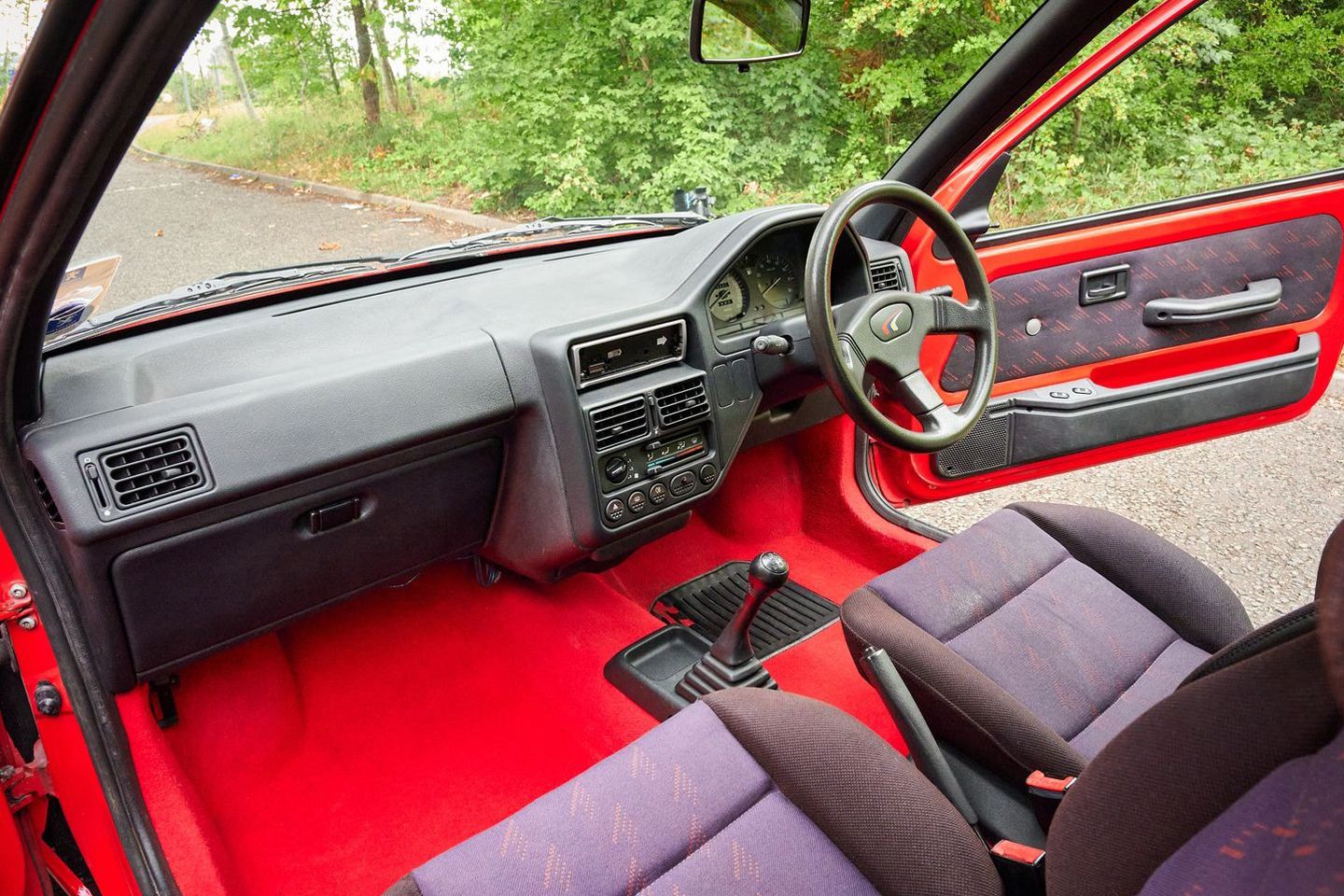
It is a physical effort these days not to write ‘we’ll never see its like again’ as a closing argument for pretty much any car that isn’t electrified up the wazoo. In many cases, of course, it is valid. But this year – and the slowdown associated with it – has also reiterated just how much life is left in the combustion engine. Porsche has long confirmed it will build flat-six-powered 911s until the last possible moment. Lamborghini has stalled its EV plans in favour of many more (mildly) hybridised V8s. Ditto Bentley. Aston has only just launched a new V12. BMW will electrify the next M3 – but also offer something petrol-powered alongside.
In other words, and in many ways thanks to the buying public voting with its feet, the prospect of big, multi-cylinder engines slipping beneath the surface of an unending tidal wave of EVs is somewhat overblown. Assuming you can live with an e-motor benignly chipping in at low revs, you’ll be able to hear the sound of fuel being expensively turned into fun for at least the foreseeable future. And even potentially beyond 2035 if all the investment in synthetic fuels starts to pay off in a meaningful way.
What you absolutely will not be able to do is buy a supermini with a high-revving petrol engine not much bigger than a shoebox. We know this because that end of the market, which always subsisted on a margin not fatter than a shoelace, is essentially dead already. The one battery-powered thing carmakers are actually clamouring to build is an entry-level, small(ish) EV that recreates the affordability of a runaround. Anything that doesn’t resemble that solution has been kicked to the curb like a half-eaten kebab.


This makes cars like the Peugeot 106 Rallye, already fondly remembered, seem positively otherworldly. To the extent where it feels like you no longer need to explain the appeal of a car that develops only 100hp, but weighs in the region of 825kg. The ‘fewer frills, more thrills’ ethos is easy to appreciate in a marketplace where most mainstream cars are two-and-a-half-tonne bulk carriers for an infotainment screen. If you like the sensation of driving even a little bit, the dinky Peugeot is going to seem like a revelation.
It was fairly revelatory even for the mid-‘90s thanks to the requirements of Group N homologation. Its maker had to go to the trouble of shrinking its existing 1.4-litre four-pot to limbo it beneath the 1,300cc regulatory cut-off, before fitting a Magneti Marelli injection system and juicier cam profile. The result, when mated to a short-ratio manual ‘box, was famously capable of revving beyond 7,000rpm, and keeping a smile on your face so wide that you endlessly forgave the car’s complete lack of creature comforts.
There were only ever 1,000 examples produced and, needless to say, many fewer than that have survived so much exhilaration. This one, up for auction next month and due to take pride of place at Annual Service, is assuredly among the finest. We know this partly because it looks magnificent and has covered comparatively few miles, but also because its current owner has clung onto it for 20 years, treating it to a respray in that time. It’s a can’t-miss modern classic. And we’ll never see its like again.

